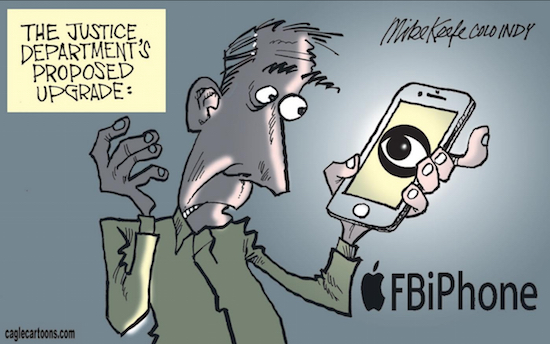OPINION: Can this clothing defeat face recognition software? Tech-savvy artists experiment

Privacy-minded consumers could soon spur demand for camouflage clothing, not merely as a fashion statement, but as a matter of practicality.
A group of tech-savvy artists is preparing to unveil a line of patterned garments this month specially designed to confuse facial recognition software. The international collaboration builds on past projects that have used asymmetric hair and makeup styles for the same purpose: to give back to individuals a shred of the anonymity they have lost to mass surveillance by governments and businesses alike.
Berlin-based artist and technologist Adam Harvey says his ideas, though lighthearted on their surface, have drawn attention to important topics and drawn the attention of important people.

Brooklyn Boro
View MoreNew York City’s most populous borough, Brooklyn, is home to nearly 2.6 million residents. If Brooklyn were an independent city it would be the fourth largest city in the United States. While Brooklyn has become the epitome of ‘cool and hip’ in recent years, for those that were born here, raised families here and improved communities over the years, Brooklyn has never been ‘uncool’.